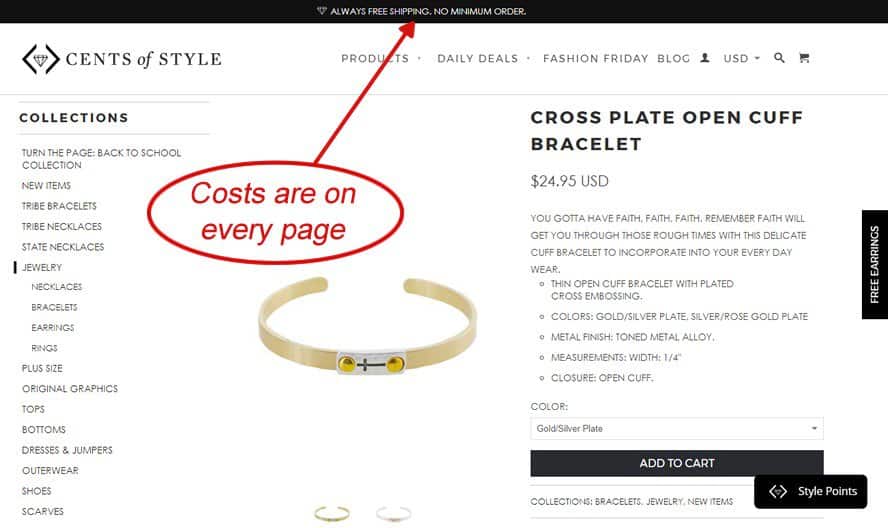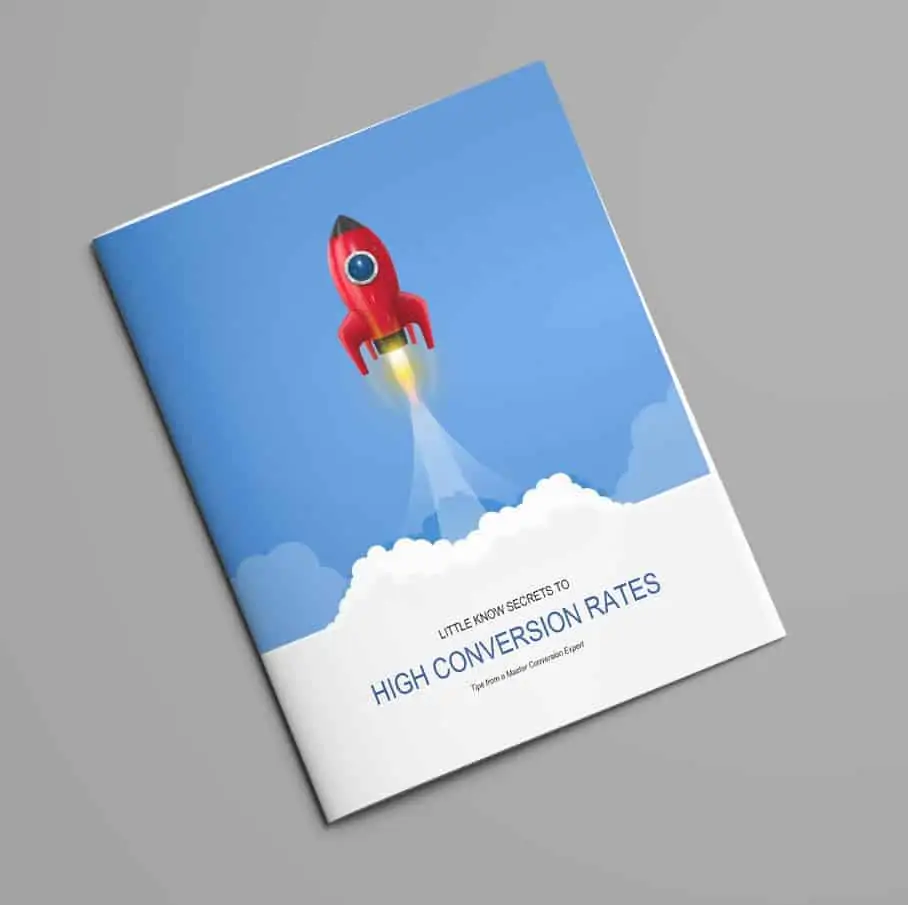Shopping cart abandonment is a huge ecommerce profit killer. People have an aversion to risk and somewhere in every visitor’s mind, there is doubt. The bigger the doubt, the more likely they are to abandon their shopping cart. You see, it’s not like the physical world where they walk through the aisle, chat with their neighbors and feel confident the store will be there tomorrow and the next day. They are in cyberspace where a ton of unsavory scams can happen and the element of risk is always present.
Studies have shown that eliminating doubts will push your conversion needle upward. Even if every visitor arrives with doubts, there are things you can do to mitigate the little voice in their head and push them forward. What are their most pressing doubts?
- Can I trust this merchant?
- Am I buying the right product?
- Can I easily find it less expensive somewhere else?
- Is it going to be a high cost for shipping or extra charges after I spend this time to shop here?
Nobody buys from someone they don’t trust.
Trust symbols are used quite a bit online. But, if they are not placed in the right spot, you may as well not have them. There are several types of trust symbols you can use:
- Partnership Badges or Award Symbols
- Reviews or Ratings
- Testimonials
- Security Badges
- Guarantees and Assurances
Visitors are in a hurry, easily distracted and need the information where the point of action will take place. Your web designer may put all your trust symbols in the footer (because, that way they are viewable on every page). Don’t settle for the footer placement – they need to be at the point where a visitor is ready to checkout (even if they are repeated).
Uncertainty Can Kill the Sale
Another big reason people abandon a shopping cart is uncertainty. They are not sure this product is the right size, color or fit for what they need. And, with today’s style in web design (using sparse text), this can cause abandonment. They decide to go elsewhere and find the information, then end up buying from the other site.
Have full product information on your product pages, and carry through important details like size and options to a product summary on the cart page and throughout the checkout process. Every time someone must hit a back button to find information represents an opportunity for friction, and, for you to lose a sale.
No Motivation to Move Forward
Have you considered an exit popup? Like everything else, these little persuasive popups are becoming commonplace. When they are done right, they can move the needle significantly to reduce abandonment. It is important to note that they don’t always work due to the visitor’s browser settings or antivirus software. Don’t put all your eggs in this one basket but do consider it a useful tool.
How it works: A small script is placed on your webpage. When a visitor raises their cursor above the address bar to leave the site, a popup appears. It can also be triggered by a click:
Click this button to see a demo!
By offering the visitor a substantial discount or free shipping or another incentive, you can make the difference between a good sale and no sale. After all, they are already on the checkout or cart page – this could be just the little push that is needed.
Hiding the Extra Costs
Studies have shown that being presented with unexpected costs is the number one reason for cart abandonment. Shoppers hate shipping costs especially when it is not clear until after they’ve clicked to checkout.
But, not every merchant can realistically afford to offer free shipping. If you are one of those merchants there are several things you can do to reduce the visitor’s anxiety:
Offer a dollar threshold the visitor must reach to qualify for free shipping. Prominently display the threshold throughout the shopping experience (product page, cart and checkout). Always give the option to “continue shopping” so the visitor can move freely between their shopping cart and product pages.
Start a rewards or loyalty program. Many ecommerce systems come with this feature and it is an add-on for most others. Customers earn rewards for repeat shopping. The rewards can be in the form of a discount or free shipping on their next order. Either way, this is a win-win for the merchant.
Combine the cost of shipping within your product price. I know this is a hard sell for many merchants. They are afraid of what price-conscious shoppers will think and it is a time-consuming process to get the right formula. But, when faced with a 61% abandonment rate due to shipping costs, some merchants have found that their shoppers respond overwhelmingly good to this way of pricing. You see, even price-conscious shoppers don’t want to take the time to add up all the costs and then comparison shop – they like the word “Free!”.
This retailer combined the costs and advertises that on every page right at the top:

Conclusion
The simple formula for conversion growth:
Remove Friction + Eliminate Doubt + Add Motivators = Merchant Success
About the Author
Anita Schott is a conversion optimization expert who helps business owners increase sales and leads with innovative technology and proven marketing approaches. You can connect with Anita at https://www.g3group.com/.





